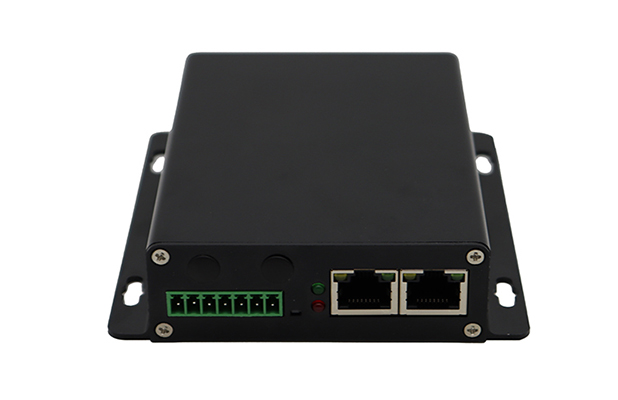An introduction to the future of 5G industrial routers
As 5G becomes commercially available, more and more companies and individuals are enjoying the benefits of the new technological changes brought about by 5G networks. 5G networks have three main features: high capacity, high speed and low latency, which have led people to look at the Internet of Things (IoT), which has a rich future in this area, and they hope to use 5G to implement IoT functional applications. As a basis for all this, industrial routers that can use 5G have been created with the expectation of the development of practical applications for the Internet of Things.
As the basis for IoT communication, industrial routers are required to enable the connection of many hardware devices and are also expected to be able to withstand more extreme environments. In response to such functional requirements, a product with a high level of protection, fast field operation, and the ability to provide fibre-like access rates, low latency and high density access to devices, even beyond the limits of geography and a single industry, has become an immediate need for many enterprises. In response to this market demand, after one year of independent research and development, the WS7621-M5G 5G industrial router has become a leader in the industry, breaking the monopoly of 4G industrial router terminals, and is widely welcomed by the market and recognised by domestic communication vendors such as Huawei, H3C, Fiberhome and Deep Impact.

5G industrial routers support 5G multi-mode, independent SA and NSA (non-independent) network deployment, extremely high data upload and download rates and extremely high data transmission security, stability and other features have become the mainstream of the current market selling points, the market hopes to use these features for the development of the Internet of Things to add bricks and mortar, can better promote many still in the theoretical or pilot stage of the Internet of Things applications can be put into practice, so that these still in the conception of the Internet of Things applications closer to people's lives earlier, popularized and promoted.
For the above reasons, the market expects 5G industrial routers to achieve the following functions.
1、Support LTE/3G/PPPoE/DHCP/static address and other communication methods, with wired and wireless as a backup to each other.
2、Support APN/VPDN data security transmission.
3、Support IPsec, L2TP, PPTP, OpenVPN, GRE and l2tp over Ipsec and other mainstream protocols.
4、Support DHCP server, DHCP, DDNS, firewall, NAT, DMZ host, QoS, traffic statistics and other functions.
5、Support TCP/IP, UDP/IP, FTP, HTTP, MODBUS-TCP, MODBUS-RTU and other network protocols.
6、Support SPI firewall, DoS anti-attack, VPN traversal, access control, port mapping, DMZ mapping, access control function (ACL) and other functions.
At the same time and because of the limitations of the site, for industrial routers also want his smaller size preferably in the palm of a hand or so, while the weight should not be too heavy, with a long endurance, such requirements can facilitate the installation and use of the user to avoid more trouble.
Translated with www.DeepL.com/Translator (free version)
